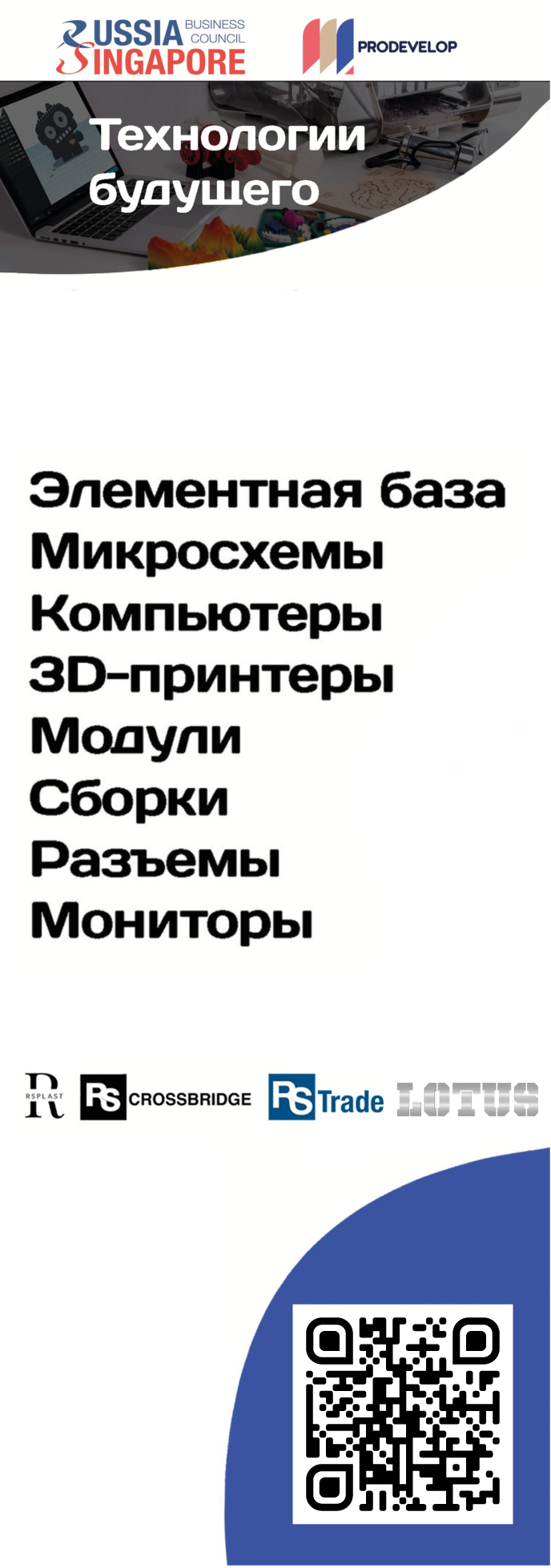
Eurasian Economic Commission and the UN Economic Commission for Latin America and the Caribbean (UN ECLAC) have undertaken a joint research on cooperation development prospects. The report in English is available on the Commission’s website. The presentation of the report and the publication of Russian version are due on June 24, 2021.
As noted in the report, the LAC and EAEU regions combined account for 8.8% of world GDP. From the perspective of value added structure, the regions’ economies are similar: above a half of GDP is produced in the tertiary sector, whereas the extraction activities provide a substantial contribution to the regional products. As a result, both regions have been affected by the global economic slowdown of the preceding years.
Another common characteristic of the regions is intraregional economic development heterogeneity. In the EAEU, this issue is more vivid: the share of the union’s major economy, Russian Federation, in the regional GDP constitutes 86.5%, while the LAC economic leader, Brazil, is responsible for 36%. High inter-regional dependency is typical of both regions: in the periods of crises, the larger economies “export” weak growth momentum to the smaller ones.
Bilateral trade relations among the EAEU and the LAC states have been developing unequally. Armenia and Kyrgyzstan have not yet formed sustainable export interest: insignificant trade volumes consist of one-off supplies that are not renewed after the period of 2-4 years. Albeit for the rest of the EAEU states, more considerable trade volumes have persisted, the volatility thereof has been high. To exemplify, in Belarus, a sharp increase import in the period of 2009-2011 has followed tempting oil supply from Venezuela, and the export dynamic has virtually fully been determined by trade in fertilizers. The trade of Russian Federation and Kazakhstan has been based on natural resources and agricultural products, which are susceptible to notable volatility. The cases of resilient trade cooperation are sporadic but do exist: for instance, the volumes of high value added re-export (for instance, of motor cars) from Mexico to Russia and Kazakhstan are quite stable.
“The difficulties of building trade relations between the two regions are evident and result, above all, from the geographic remoteness, high cost of logistics and, consequently, poor price competitiveness of one region’s products on the other’s market. Hence, the prospects for expanding trade might be identified in spheres where either price elasticity to transportation cost or consumer demand elasticity to price are low”, the report admits.
The illustration for the former direction might be provided by trade in services. At present, the inter-regional trade is based on transport and travel services. Meanwhile, ITC services might represent a particularly promising area for cooperation as they do not involve movement on the part of the supplier or consumer.
“As regards the latter direction, the prospective niches for trade development might involve the merchandises that have no direct or competitive substitutes in geographically closer countries, including specific raw and agricultural products (such as palladium from Russian Federation, coffee from LAC); cultural specialties (fruit bitters from Armenia); high value added goods representing the region’s specialization (EAEU precious jewelry)”, the research notes.
The report underlines that in a large scale of spheres, a cooperation is organized at the level of business entities. Among the examples of interregional projects – the bus assembly line of a common enterprise by “KAMAZ” (Russia) and “Marcopolo” (Brazil) in Neftekamsk; exploration implemented by Belarusian-Ecuadorian consortium “Ecuaservoil” in Latin Americal; flu vaccines production by a joint Russian-Nicaraguan venture “Mecnikov’s Latin American Biotech Enterprise” etc.
Based on the results of the research, the cooperation development propositions are prepared, here including in such spheres as:
- exchange in integration development and macroeconomic stability promotion experience,
- the expansion of trade in goods and services,
- promotion of joint participation in global value chains,
- joint projects in the sphere of traditional and renewable energy,
- scientific and technological cooperation,
- tourism.
Note
The research has been prepared in the context of implementation of the Memorandum of Understanding between the Commission and the UN Economic Commission for Latin America and the Caribbean (UN ECLAC), signed on November 6, 2018 in Moscow, and pursuant the arrangements reached during the Forum “EAEU – LAC States: Cooperation aimed at Regional Integration Development” (September 23-24, 2019, Antigua, Guatemala).




